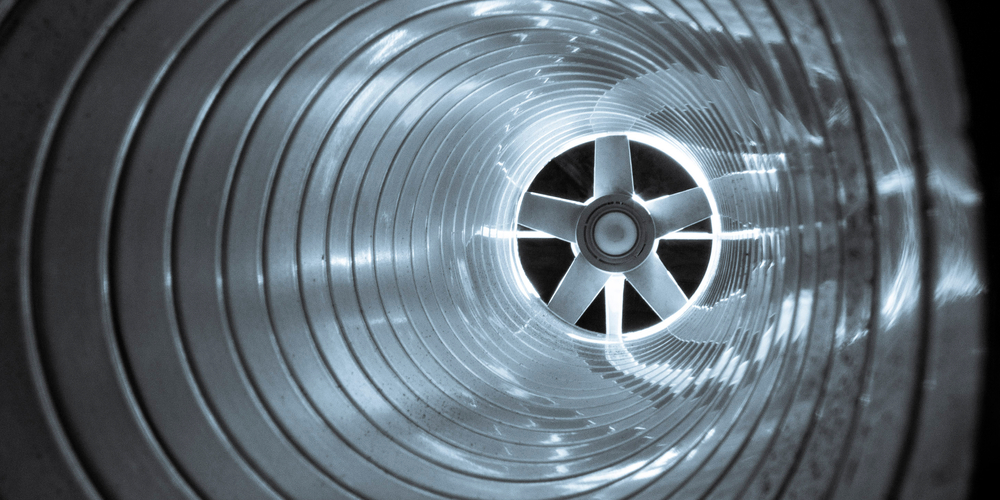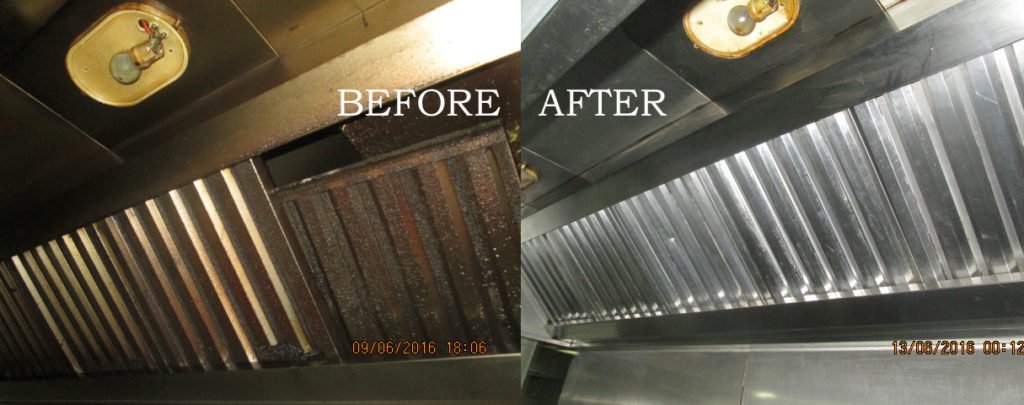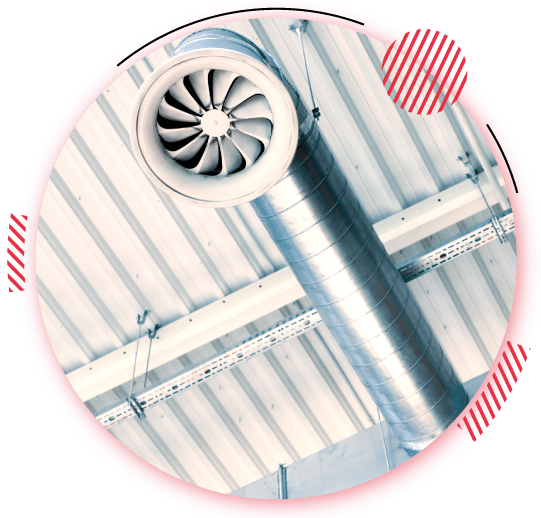Maintaining a clean and efficient kitchen exhaust system is crucial for the safety and hygiene of any commercial kitchen. The TR19 guidelines, set by the Building Engineering Services Association (BESA), provide a comprehensive framework for cleaning and maintaining kitchen ventilation systems. This document outlines the essential aspects of TR19 guidelines to ensure compliance and optimal performance of kitchen exhaust systems.
What is TR19?
TR19 is a standard developed by BESA that outlines best practices for the internal cleanliness of ventilation systems. Initially focused on general HVAC systems, it has been updated to include specific provisions for kitchen grease extract systems due to the unique challenges they present.


Importance of Kitchen Exhaust Cleaning
- Fire Safety: Grease accumulation in kitchen exhaust systems can pose a significant fire hazard. Regular cleaning minimizes this risk.
- Health and Hygiene: Proper maintenance prevents the build up of harmful bacteria and mold, ensuring a sanitary kitchen environment.
- System Efficiency: Clean exhaust systems operate more efficiently, reducing energy consumption and operational costs.
- Regulatory Compliance: Adhering to TR19 guidelines ensures compliance with local and national fire safety regulations.
Key Components of TR19 Guidelines
- Risk Assessment and Frequency of Cleaning:
- High-Usage Kitchens: Systems in kitchens that operate continuously or for long hours should be cleaned every 3 months.
- Moderate-Usage Kitchens: Kitchens with moderate usage should clean their systems every 6 months.
- Low-Usage Kitchens: Kitchens with low usage should conduct cleaning annually.
- Access Panels:
- Adequate access panels must be installed to allow for thorough inspection and cleaning.
- Access panels should be located at regular intervals and at strategic points such as ductwork changes in direction.
- Cleaning Methods:
- Manual Cleaning: This involves physically scraping and wiping the ducts, hoods, and fans.
- Chemical Cleaning: Degreasers and other cleaning agents are used to dissolve grease.
- Steam Cleaning: High-pressure steam is used to remove stubborn grease deposits.
- Inspection and Testing:
- Regular inspections are essential to monitor the level of cleanliness and the condition of the exhaust system.
- BESA recommends using a wet film thickness gauge to measure grease deposits.
- Documentation and Reporting:
- Detailed records of cleaning activities, inspections, and maintenance should be maintained.
- Reports should include before and after photos, measurements of grease levels, and any recommendations for improvements.

Adhering to TR19 guidelines for kitchen exhaust cleaning is essential for maintaining a safe, hygienic, and efficient commercial kitchen. Regular cleaning and maintenance not only prevent potential fire hazards but also ensure compliance with health and safety regulations. By following these guidelines, kitchen operators can create a safer environment for their staff and customers while optimizing their ventilation systems’ performance


